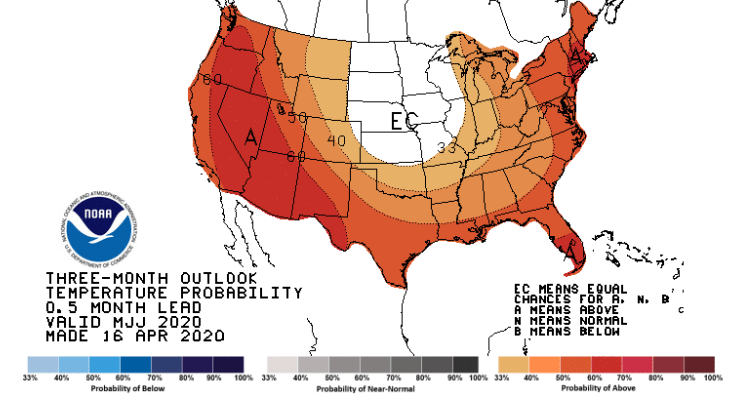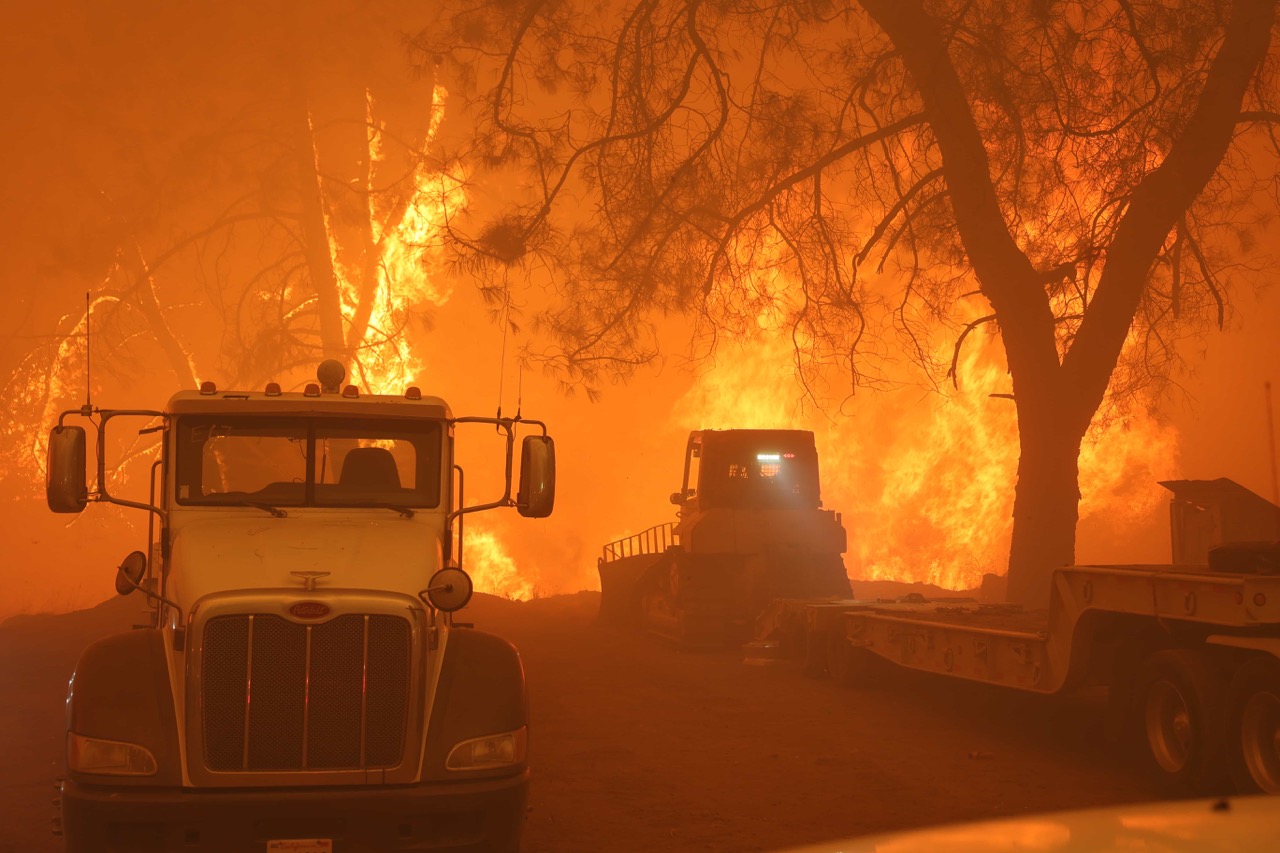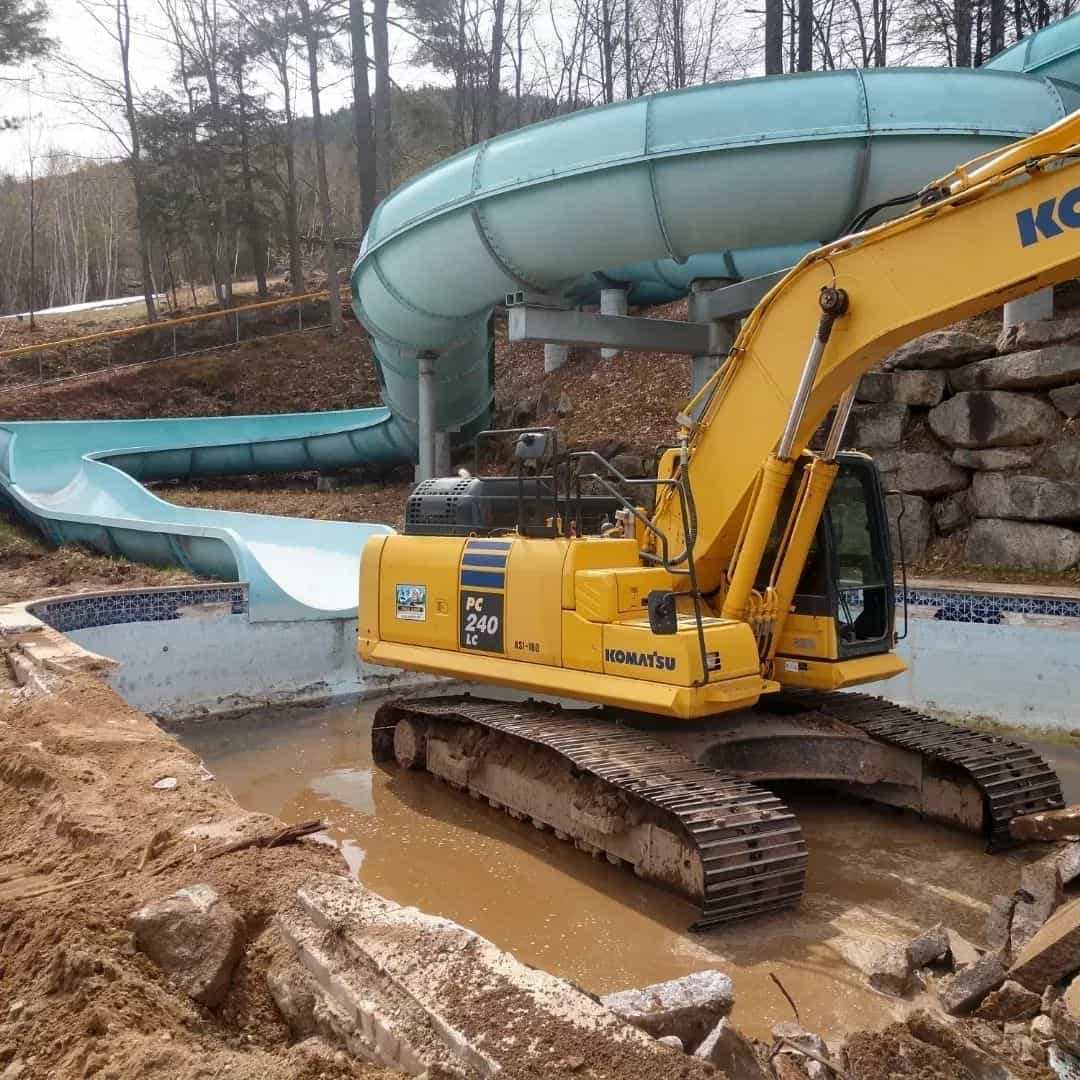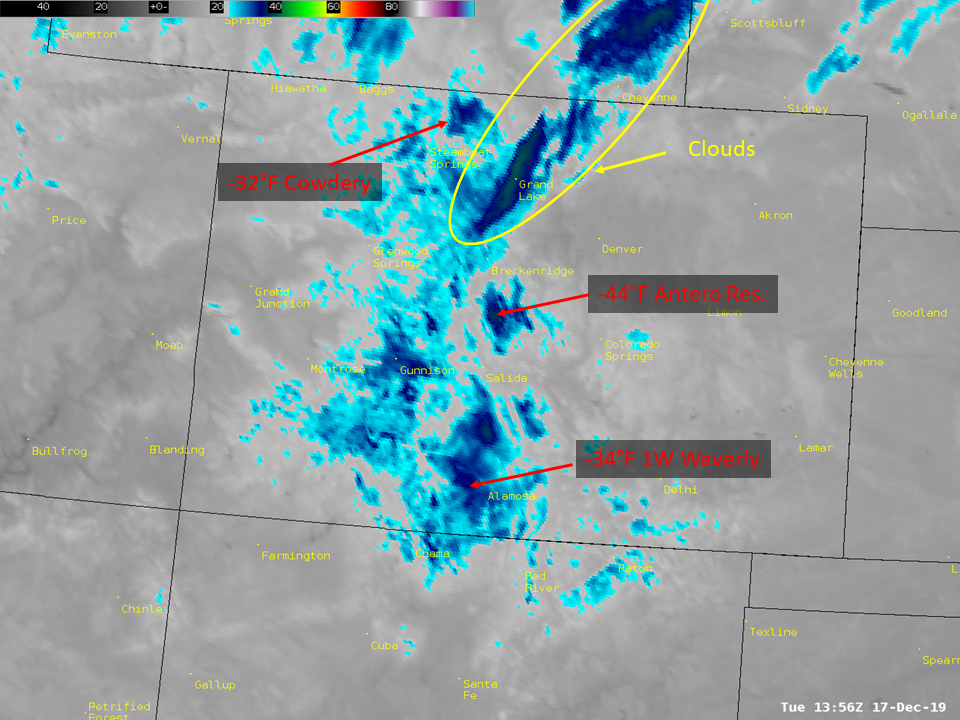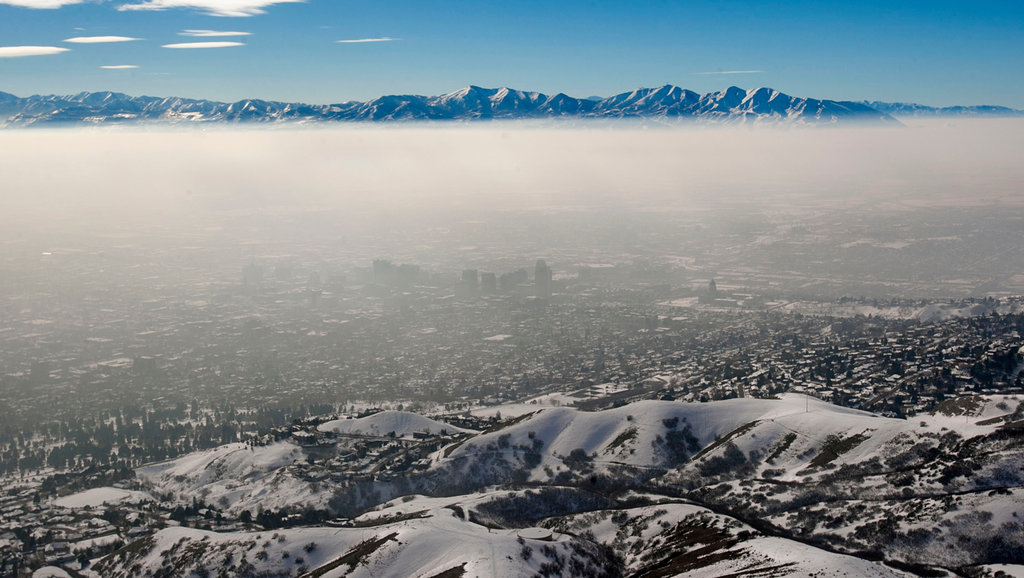
Picture 1. Along the Wasatch Front, Photo credit Scott G. Winterton/Deseret News
In mid-July Utah Department of Environmental Quality released the report on the toxic air quality of the Wasatch Front – the mountain range that stretches approximately 160 miles from the Utah-Idaho border, south through central Utah in the western United States.
The State of Utah has conducted air toxics monitoring as a part of the National Air Toxics Trends Stations (NATTS) program since 2002, with the monitors currently located at the Bountiful monitoring station. The study examined the long-term trends, pollutant levels, outlier events, and population exposure health risks. Released on July 6th, the 2015 Special Toxic Study report revealed elevated concentration of the following pollutants like formaldehyde, acetaldehyde, benzene, as well as heavy metal species like lead, cadmium in the region. For example, thresholds ordinary exposure levels for formaldehyde range between 0.3 – 3 parts per billion (ppb) for indoor and 10 – 20 ppb for urban areas. The picture 2 shows the spikes in pollutant concentration registered for the West Valley, Lindon and Bountiful.When formaldehyde is present in the air at levels exceeding 0.1 ppm, some individuals may experience adverse effects such as watery eyes; burning sensations in the eyes, nose, and throat; coughing; wheezing; nausea; and skin irritation. Some people are very sensitive to formaldehyde, whereas others have no reaction to the same level of exposure.Formaldehyde was classified as a probable human carcinogen under conditions of unusually high or prolonged exposure in 1987 by the U.S. Environmental Protection Agency (EPA) and in 2011 by The International Agency for Research on Cancer (IARC) and can cause lung cancer as well as leukemia.

Picture 2. Formaldehyde concentrations observed at the West Valley, Lindon and Bountiful during 2015.
As reported by CDC and National Cancer Institute research the number of leukemia cases in Utah is rising for the past 5 years, and especially for Cache and Salt Lake counties. The pollution problem is more serious during winter inversion, when normal atmospheric conditions (cool air above, warm air below) become inverted. Inversions trap a dense layer of cold air under a layer of warm air. The warm layer acts much like a lid, trapping pollutants in the cold air near the valley floor. The Wasatch Front valleys and their surrounding mountains act like a bowl, keeping this cold air in the valleys. The snow-covered valley floors reflect rather than absorb the heat from the sun, preventing the normal vertical mixing of warm and cold air. Fog exacerbates the problem, facilitating chemical reactions that create even more particles and higher pollutant concentrations.
Picture 3.Incidence rate report, Leukemia, 2009-2013. (National Cancer Institute, CDC)
But, according to research study, it’s not that bad. There was an improvement in the trends of benzene concentration for West Valley where its concentration was elevated for long period of time. In accordance with 2015 Special Toxic Study, “this large reduction in benzene and ethylbenzene concentrations over the past fourteen years at the West Valley monitor is a very positive development and suggests that cleaner automobile engine technology has been effective in reducing levels of this toxic chemical. Given the strong association of this pollutant with automobile emissions in almost all urban areas it seems likely that benzene concentrations throughout the entire Wasatch Front have been reduced considerably over this same time period”.
Hopefully, next years concentration of pollutants will decrease and we will be able to safely enjoy the beauty of mountains!
Picture 4. View from Alta ski resort, 2012



